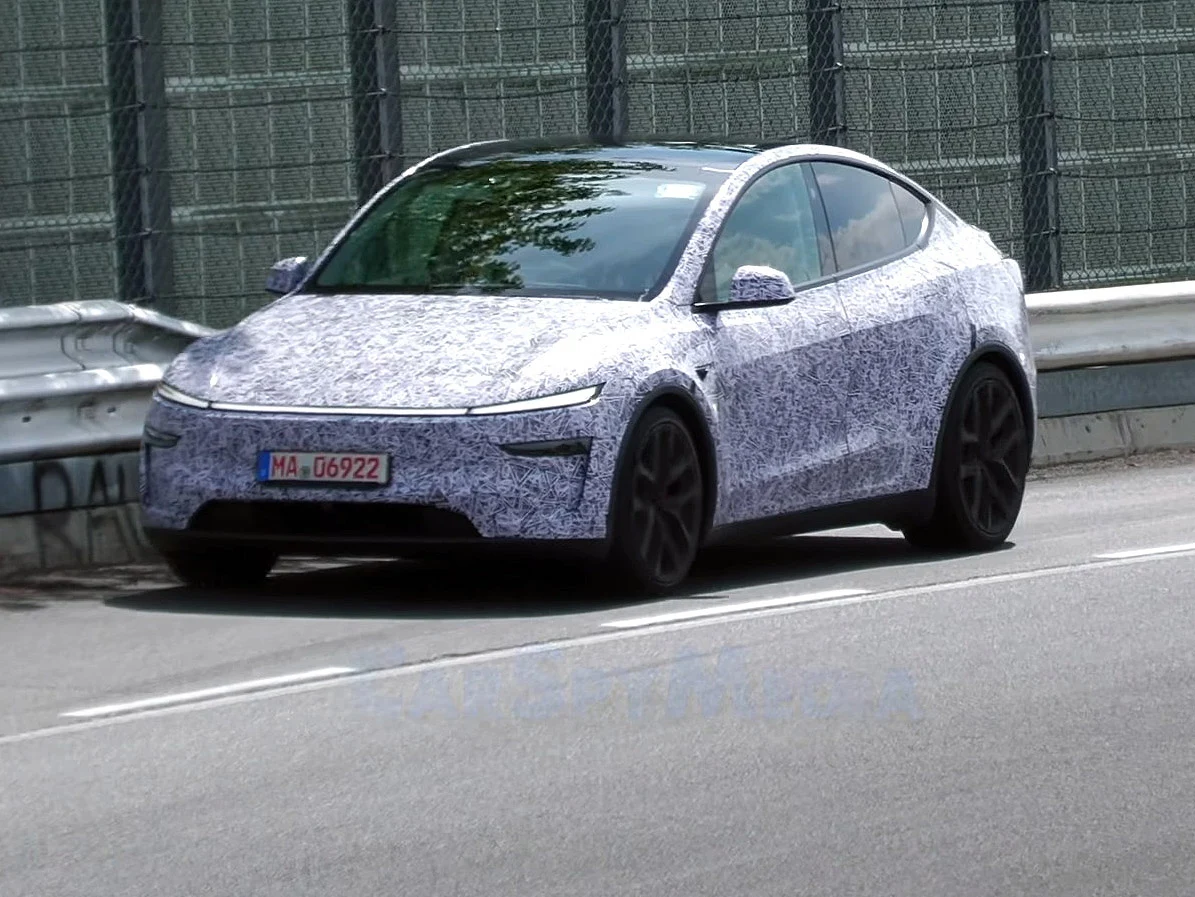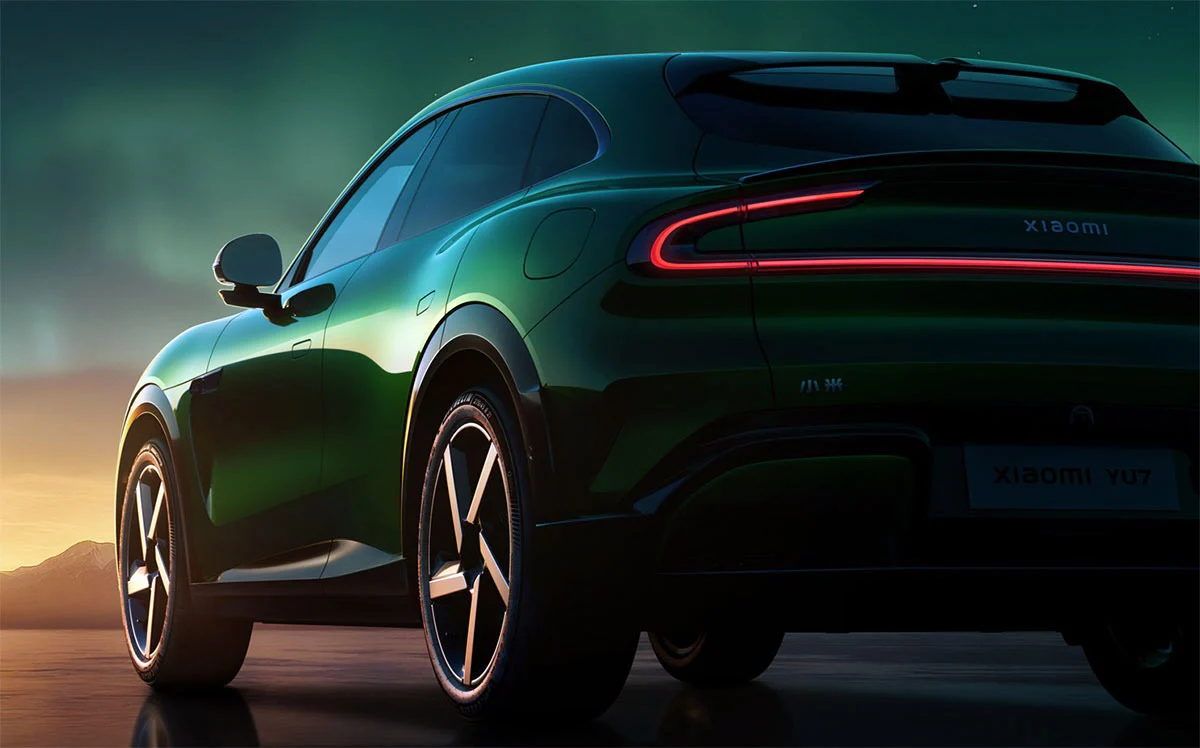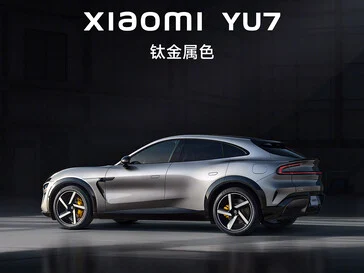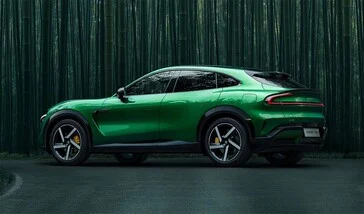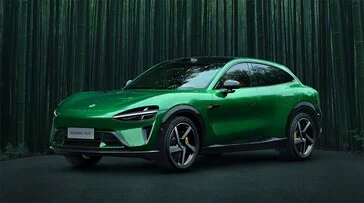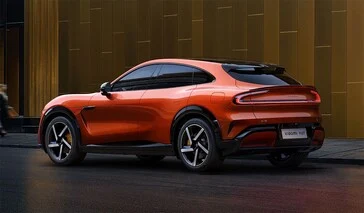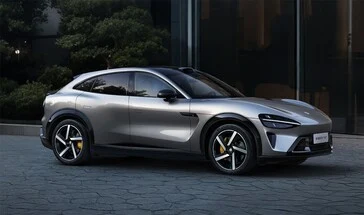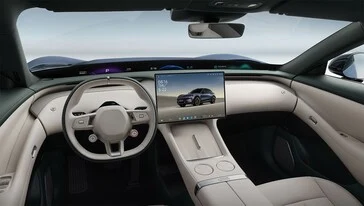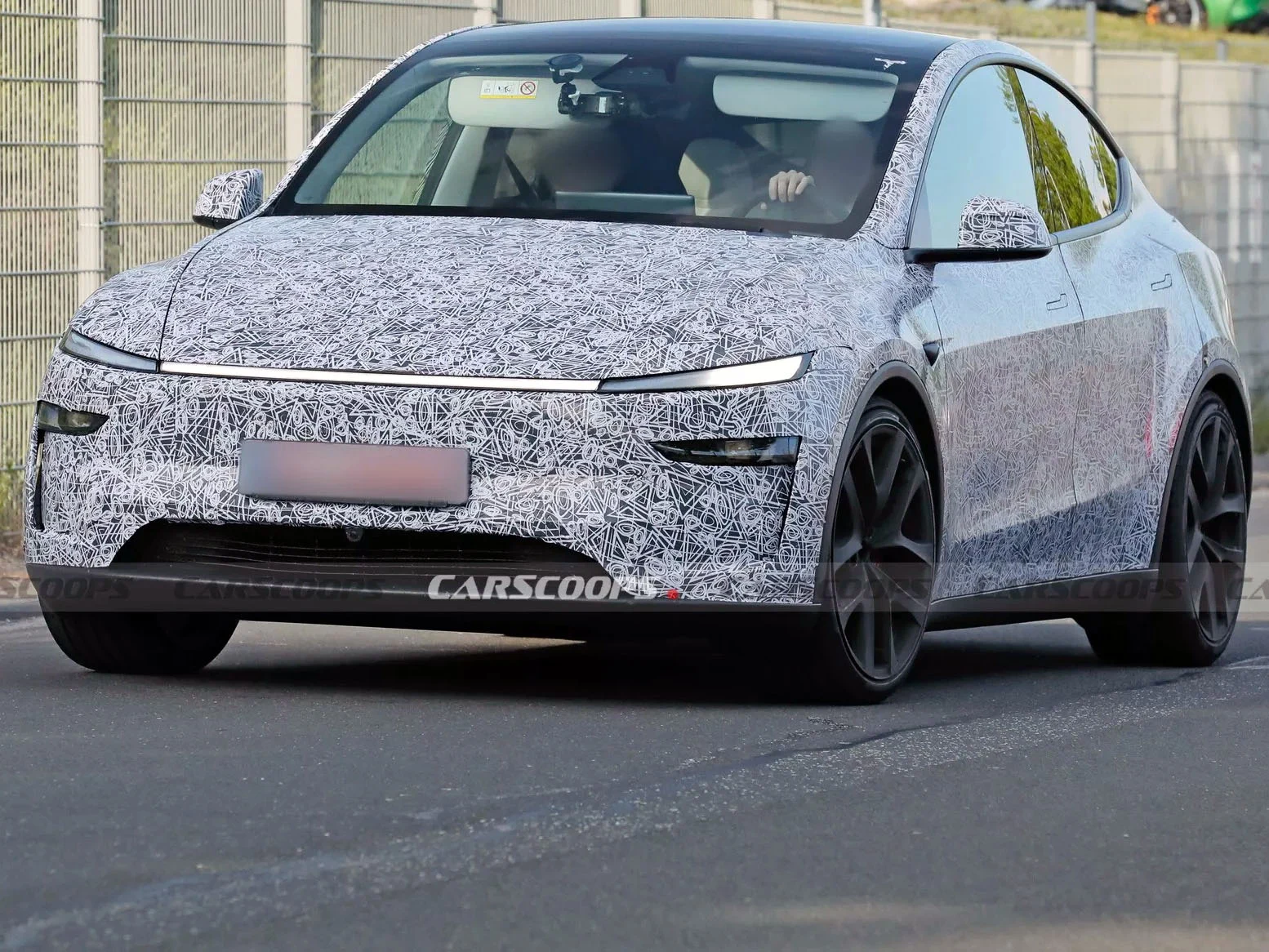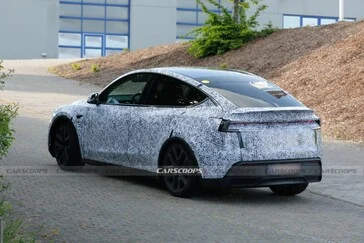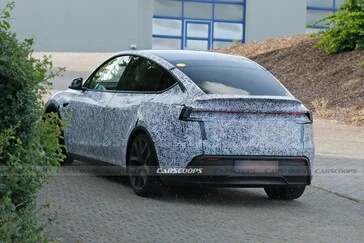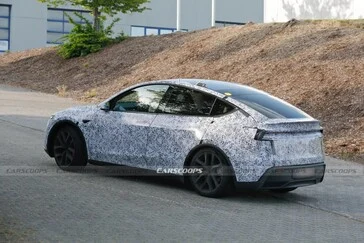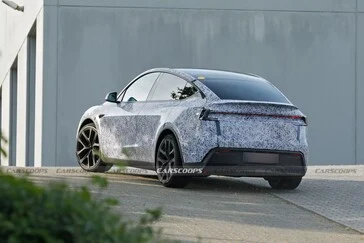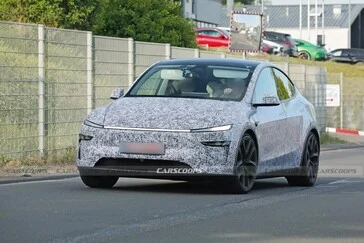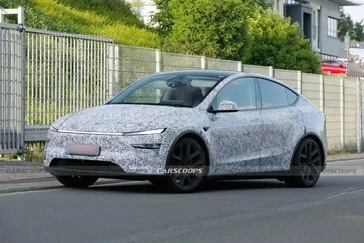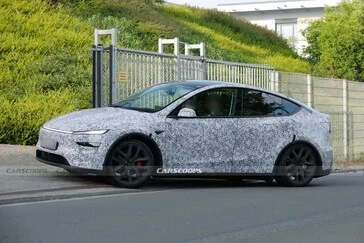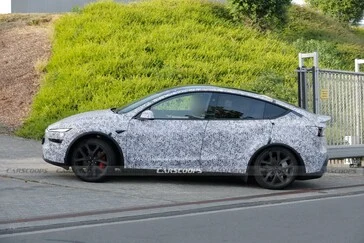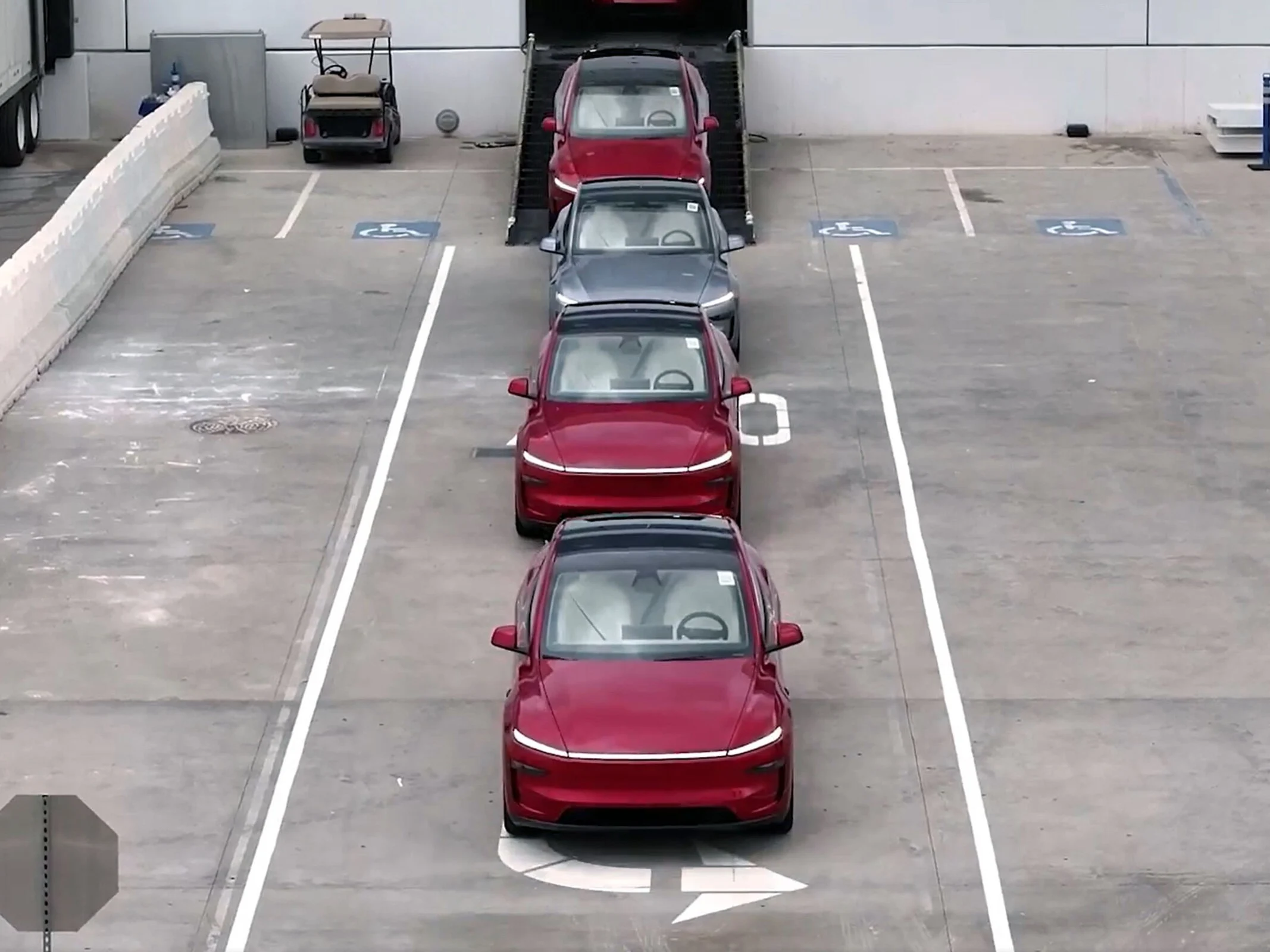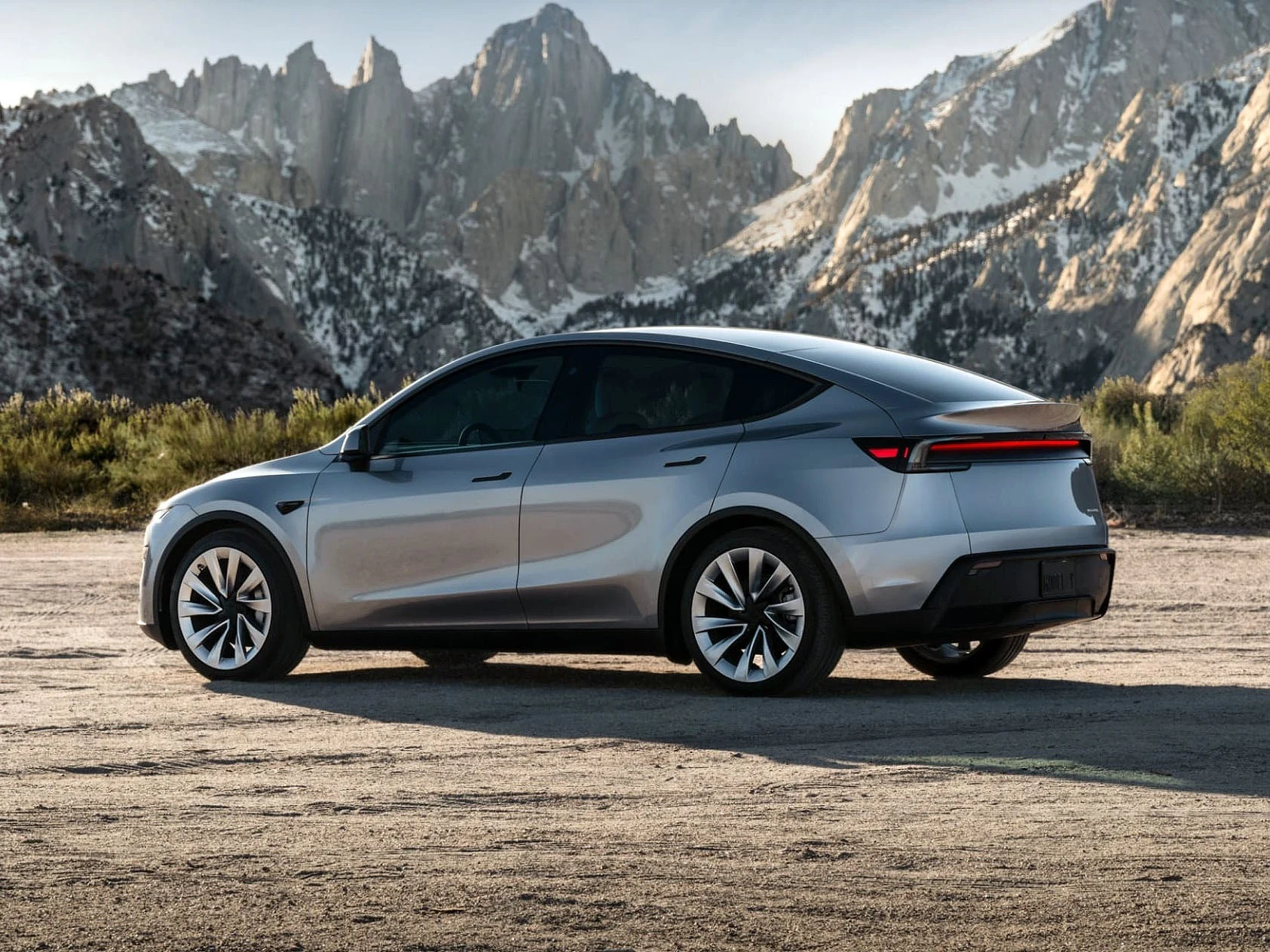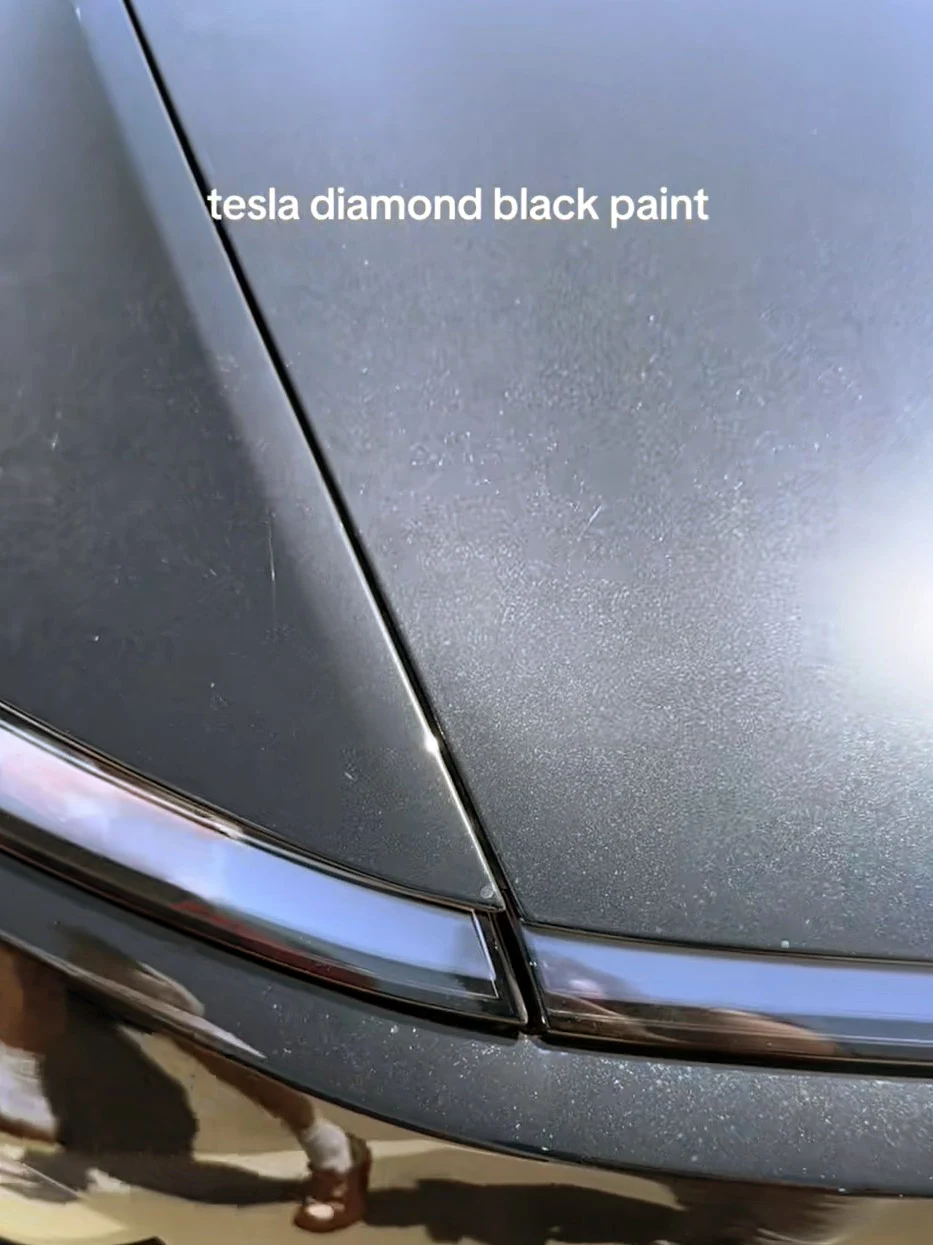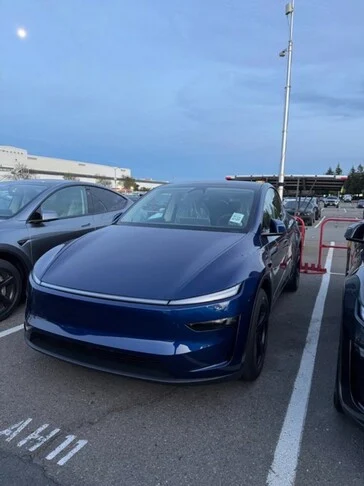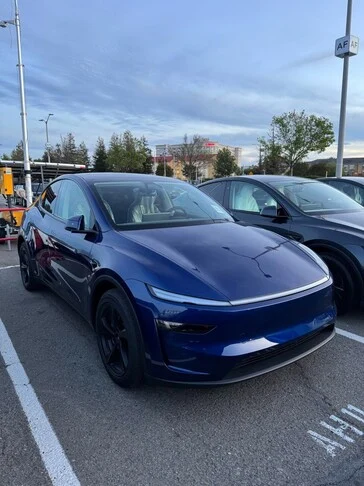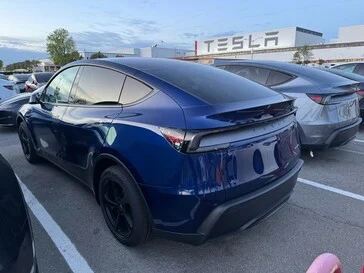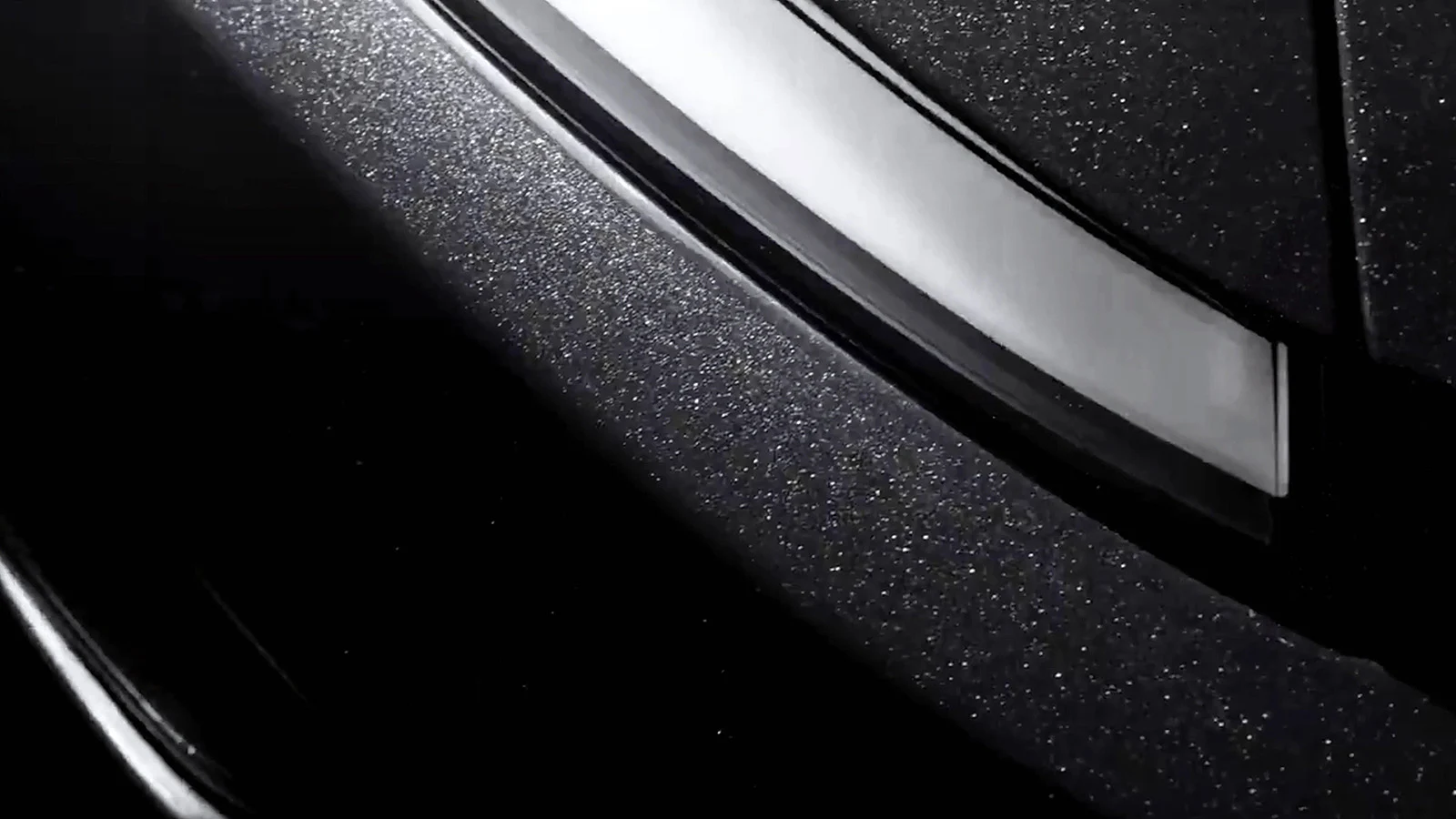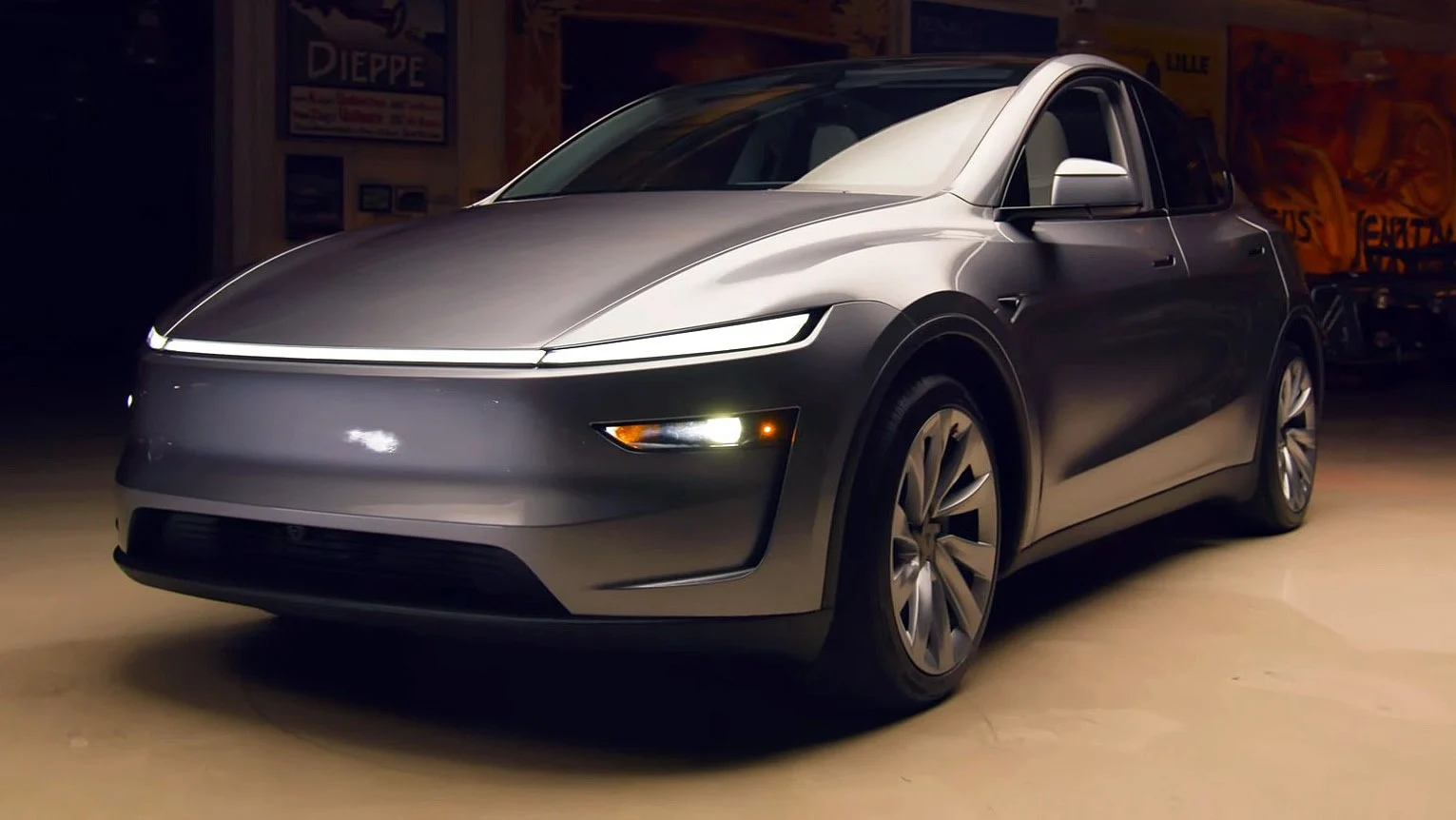Key Takeaways
1. Tesla is launching two new variants of the 2026 Model Y, including a 7-seater and a Performance version.
2. The Performance model has been spotted testing on urban roads and racetracks, showcasing design improvements from the Juniper refresh.
3. It will feature a 510HP dual-motor setup, an increase from the previous 456HP in the 2024 Model Y Performance.
4. The 2026 Model Y Performance is expected to improve acceleration, surpassing the current 0 to 60 mph time of 3.7 seconds.
5. The new model will offer enhanced cornering stability due to suspension adjustments based on track testing insights.
After the most affordable Model Y RWD, which offers the longest distance, Tesla is gearing up to launch two unique variants of the 2026 facelift, wrapping up the update of its top-selling SUV.
Upcoming Variants
The first variant likely to arrive is the Model Y 7-seater, hinted at in Tesla’s newsletter shared over the weekend. However, the Performance version of the new Model Y is what many are eagerly anticipating.
This Performance model has already been spotted on urban roads and at the Nürburgring racetrack. For the first time, it has also been recorded while undergoing actual test laps. This Performance trim will naturally inherit all the design enhancements introduced by the Juniper refresh for Tesla’s most popular vehicle.
Design Features
As seen in the camouflaged test vehicle at Nürburgring in the video below, it will feature the iconic front and rear light bars, along with a more aerodynamic design.
Beneath the hood, the quickest Model Y to date is likely to come with a 510HP dual-motor setup borrowed from its smaller counterpart, the Model 3 Performance. This is a significant increase from the 456HP output of the 2024 Tesla Model Y Performance.
Performance Expectations
With a better drag coefficient and a lighter frame, the 2026 Model Y Performance is expected to surpass the 3.7 seconds it takes its predecessor to go from 0 to 60 mph. While it won’t reach the astonishing 2.5-second mark of the fastest Model X, it should still be priced at about half of the Plaid’s cost after accounting for the federal tax credit.
In any case, the 2026 Model Y Performance featured in the video below demonstrates excellent cornering stability without rolling, a feature that is likely to improve as Tesla’s engineers implement suspension adjustments based on insights gained from track testing.
Source:
Link

